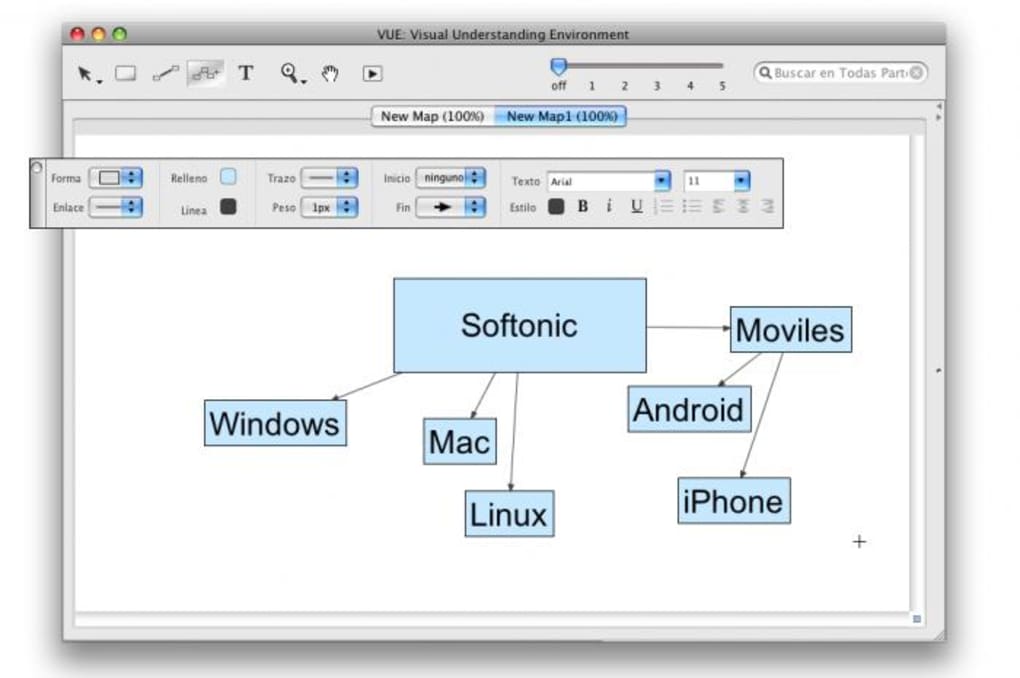

For more on “Digital Dossier,” see this Digital Natives blog post. See the University of Houston site for instructions. This type of digital story (one not involving actual video) is relatively easy to produce.

Some of these photos are copyrighted, making it difficult to use them in educational contexts. A lot of very talented amateur photographers post their work on Flickr. Flickr: A great source for free, high-quality images is Flickr, the photo-sharing site.For more examples, see these visual notes from the CFT’s 25th anniversary symposium on the future of teaching, as well as Peter’s notes from the March 2010 workshop at the bottom of this page. Examples: Here’s an example of Peter Durand’s work.For more on graphic facilitation, which often uses images as metaphors but involves much more than that, visit Peter’s Center for Graphic Facilitation blog or this description of services provided by Alphachimp Studios, a group of graphic facilitators co-founded by Peter. Graphic Facilitation : March 2010 workshop guest Peter Durand practices graphic facilitation, an approach to leading brainstorming and learning sessions in which visual thinking plays a key role.Example: Kate O’Doherty, graduate students in psychology and human development and 2010-2011 CFT Teaching Affiliate, wrote about her use of VisualsSpeak in an educational psychology class she taught in the spring of 2010.Call the CFT at 322-7290 if you’re interested in borrowing a set. The CFT has two sets of VisualsSpeak photo cards available for instructors to check out. VisualsSpeak: VisualsSpeak is a set of well-chosen photographs useful for facilitating sessions in which participants select images that help them answer questions and share ideas.View more presentations from Derek Bruff. Here’s the Prezi that CFT staff Derek Bruff and Maria Ebner used to give participants in the workshop an overview of some visual thinking tools of potential use: On March 17, 2010, the CFT hosted a workshop on this topic.

You’ll find ideas for enhancing your presentations and for incorporating visual thinking in your students’ in- and out-of-class activities. A well-designed visual image can yield a much more powerful and memorable learning experience than a mere verbal or textual description.īelow you’ll find resources for integrating visual thinking in your teaching. Visualizations in the form of diagrams, charts, drawings, pictures, and a variety of other ways can help students understand complex information.

Our brains are wired to rapidly make sense of and remember visual input. Vanderbilt University Center for Teaching. Visual Thinking by Maria Ebner & Derek BruffĬite this guide: Ebner, M.


 0 kommentar(er)
0 kommentar(er)
